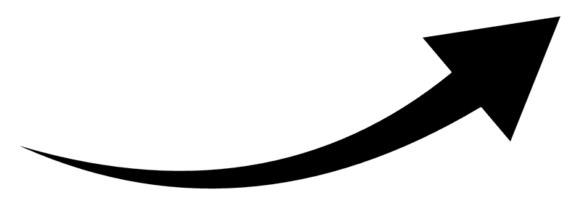
Africa Eats is tackling three big problems outlined by the United Nations’ Sustainable Development Goals. Specifically: #2 Hunger, #1 Poverty, and an unstated #0 Finance.
The first two should be obvious given the food & agriculture focus of Africa Eats, but to be explicit:
#2 Hunger
Not every African is able to eat three meals per day. Not every African receives all the nutrition required to live a long and healthy life. This despite that over 80% of Africans are farmers or children of farmers.
Far more food is grown in African than is needed to feed the 1+ billion Africans, but over 1/3rd of the grain grown never makes it to a bowl or plate and the same is true for almost 1/2 of all the fruit and vegetables.
#1 Poverty
Most African are smallholder subsistence farmers or children of farmers whose primary income is surplus food grown on the farm. Each bad harvests destroys not only that surplus, but eats into the savings to buy inputs for the next growing season.
Add to the this the massive post-harvest losses mentioned above. Because of that and the lack of manufacturing on the continent, Sub-Sahara Africa spends $11 billion per year importing food. Those billions of dollars borrowed from Europe, America, and Asia as nearly all African countries run annual trade deficits.
This is a vicious cycle of poverty and hunger that cannot be solved without Africa being at least self sufficient in feeding Africa. And it is a cycle that only gets harder to solve as the population on the continent at least doubles by 2040 to 2+ billion people.
#0 Finance
The missing UN SDG is the problem of how to finance the solutions to the 17 listed goals. At Africa Eats, we call that SDG #0: Finance.
The holding company structure is a solution to goal #0, more efficiently deploying capital to companies that solve the problem of post-harvest losses, that increase the incomes of farmers, and which through aggregation, processing, and distribution better match the demand with supply to create virtuous cycles that grow production at farms and increase the quality of that food.
The simple act of tying dozens of such companies together creates an investment opportunity that fits the scale of institutions. Few of the individual companies alone are of sufficient size for institutional investors to deal with, but in aggregate within the holdco, they earn many millions of revenues annually.
#4, #5, #8, #9, #11, etc.
The other SDGs are addressed in this work too, but as a consequence of growing the companies building out the food supply chain across Africa. #8 Decent Work and Economic Growth happens when investees create thousands of new job keeping up with demand. #9 Industry, Innovation, and Infrastructure happens when the solutions to Hunger and Poverty require industrial-scale production and new innovations.
Even #3: Good Health and #4: Quality Education get solved as a consequence of this work, as those who were last year subsistence farmers with little to no surplus are today earning a median national income. With that income they are now able to pay the school fees so that all their children can go to school, wearing shoes, with a solar light at home for homework, sent on their way in the morning with a full belly from a healthy breakfast.
Thanks to Africa Eats, tens of thousands of smallholder farmers are able to tell that story, and by 2030 we expect to grow that figure to a million farmers, and well beyond that again in the 2030s and 2050s and 2090s.




